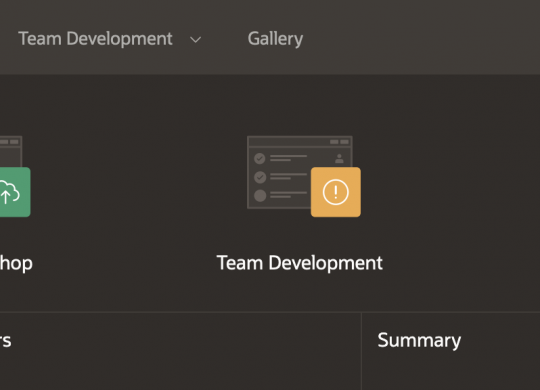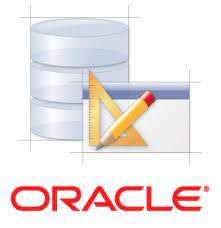Learn more about Workflows, an Oracle APEX tool to design, manage, and execute intricate workflow without external integration or coding.
Oracle Apex
Get to know the features and enhancements that come with the Modernized Object Browser in Oracle APEX, and streamline your development.
Oracle Application Express (APEX) is a free, easy-to-use tool to help you quickly build and deploy database-driven applications. You can use APEX to create and publish your custom applications or build on top of our prebuilt widgets and components library.
Oracle Apex workflows and automations help organizations streamline their processes, improve collaboration, increase efficiency, and reduce costs, all while ensuring compliance and better decision-making.
What is Mobile Push Notification? Mobile push notifications are the most popular type of push notification and are often referred…
In Oracle APEX 22.2 new support for Template Directives is now available for both Classic and Interactive Reports. Template Directives…
In Oracle Application Express (APEX) new Dynamic Content Regions provide a flexible, customizable, and efficient way to display content within…
Oracle APEX has been used as the go-to low-code development platform by companies for a long time now. The platform…
Oracle Fusion Middleware introduced us to one of its components known as Oracle Forms, which has been a superstar in…
Building an application forces you to overcome a plethora of hurdles. Every environmental stage requires careful planning and execution, from…















